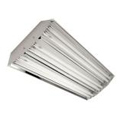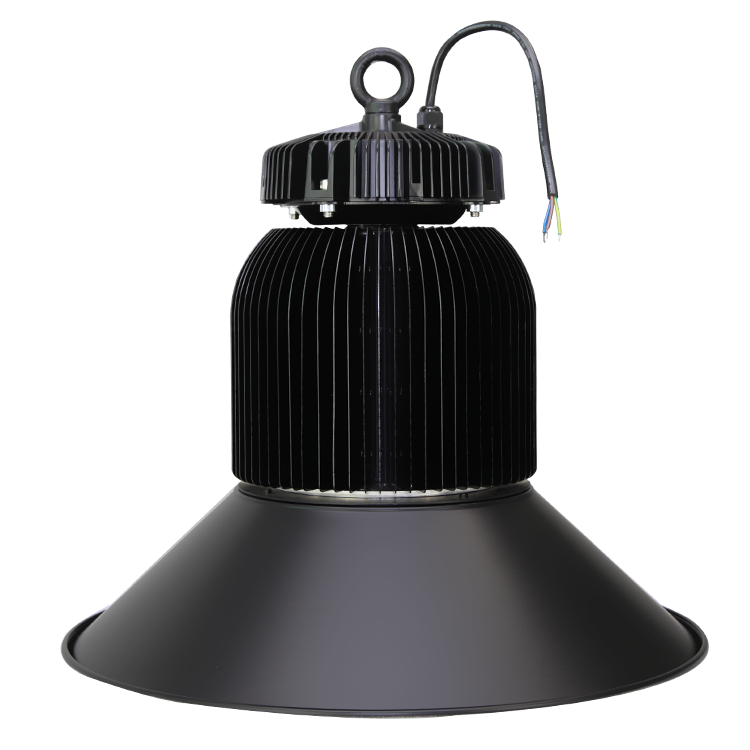Global Lighting
Your current location: News > Global Lighting
Differences and Similarities Between LED High Bay and Fluorescent Lights
Time:2016-11-02 Hits:1387 Compile:SNL
The High Bay LED Lights and the Fluorescent Lights are not exactly the same. The fact is that they have some similarities and some differences that you can use to distinguish them. Here are some of the similarities and differences that you should be aware of when it comes to the High Bay LED Lights and their counterparts Fluorescent Lights.
To start with, there are various types of lights that can be used to serve as high bays. It all depends on what you are looking after and the heights where these lights will be hung. It also depends on the lumens or lux as well as candles that you want or the object you want to light up. An example is that you may use a 150 watts lamp if the heights are between 12 to 15 feet. For 16 to 22 feet, it is best to use 200 watts. 300 watts lamps can be used in heights of 23 to 30 feet and for 90 degrees reflectors the best lights to use are 400 watts.
However, it is all based on LM-candles-lux that you need at working heights. To have more intensity in smaller areas, it is best to use 25-45-60 degree reflectors or lenses. It is worth noting that you will lose a small coverage and thus it is suggested to at least set the lights apart around 15 feet at the center. The designers of the LED products always recommend purchasing of a sample setting to set the light where you wish the next fixture to touch as well. By doing so, you will be able to lit well your shop, building, spot arena and even factories.
For T5 and LED, the following information is very important.
Over 30 feet, use of 300 watts bulbs is highly recommended. These designers have 300 watts High Bay Norsemen, Suttons Bay and Glen Lake series Set for use at 18 to 20 feet apart to get about 20 to 45 candles. You can be assisted by these designers if you have any question relating to this. They can assist you greatly is setting up for you. All you are required to do is to give them the details of the length by width by height of where you want the lights to be put. You also need to give them the lux or candles you wish at working height. By doing that, they will give you their recommendation on the best thing to do.
With the invention of the low bay fixtures and high bay fixtures, the designers have now started debates over the benefits and features compared to the energy efficient fluorescent high and low bay fixtures. They are trying their best to find the most applicable choice. With this, FYI Many Tubes will thus fail within six months.
|
|
Fluorescent T5 & T8 Fixtures | LED High Bay |
|
|

|

|
|
Wattage |
250 watts(with ballast) |
100 watts |
| Related Life Hours |
20,000 |
>50,000 |
|
Operating Temp. |
125 - 150F |
80 - 110F |
| Start Up Time | 2 - 3 minutes |
1 - 3 seconds to full brightness |
|
Mercury Content |
Contains mercury | No mercury or other harmful elements |
| Annual Energy Cost | $125 /per fixture | $60 /per fixture |
| CRI | 50~65 CRI | 75 - 85 |
Differences and similarities in other aspects of these two include the following.
Wattage: The immediate reduction in wattage is from 240 watts per ballast for the fluorescent and about 110 watts for the LED fixtures. This is a good saving of about 55 percent.
Rated Life Hours: For the LEDs, it is 2 to 4 times longer than that of the fluorescent fixtures.
Operating Temperature: The LED fixtures operate by up to 40 degrees Celsius cooler than the fluorescent fixtures.
Start-up time: For the fluorescent lighting lamps, it needs mercury for it to transfer electricity while the LEDs contain no harmful elements such as mercury. This allows easy recycling as compared to the high costs of the fluorescent tube disposal.
Safety Features: The LED fixtures use a solid lightweight design that has no breakable materials such as glass. This eliminates the extra cost that may be involved due to lumen depreciation caused by addition of shatter protection which is the case with the fluorescent tubes.
Annual Energy Cost: The results obtained earlier on were based on calculations of 0.12 kWh rate at twelve hours per day usage. When this is compared to fluorescent lighting, the LED fixtures cost less than half for it to operate. This is very commendable as it helps to greatly save on energy bills.
Mean Lumens: Fluorescent lighting needs reflectors so as to direct light onto the surfaces. In this process, up to 35 percent of the lumens are lost and thus this method is not so effective. With the LED fixtures, an excellent 98 percent down-ward light output equates to virtually the similar lumen output.
Color Rendering Index: The LED lighting is one of the lights with the highest CRI values that are available from any light source. This enables true color rendering without harsh color temperatures. The high CRI increases the human eye perception to the visible light. Thus, about 10,000 LED lumens shall appear bright as 12,000 lumens from many other light sources.








